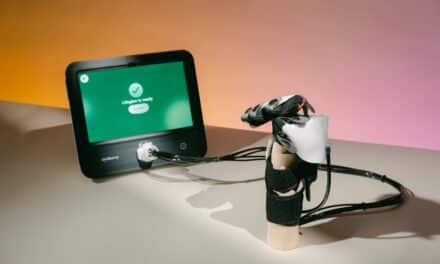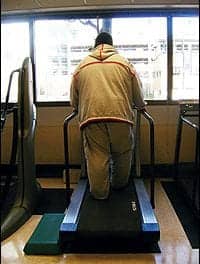by David Douglas
Last Updated: 2008-06-27 16:19:57 -0400 (Reuters Health)
NEW YORK (Reuters Health) – The horizontal head impulse test (h-HIT) is useful in differentiating acute cerebellar strokes from vestibular neuritis, researchers report in the June 10th issue of Neurology.
They note that the test consists of a rapid, passive head rotation while the patient fixates on a central object. The normal vestibulo-ocular reflex is an equal and opposite eye movement that keeps the eyes stationary in space. Fixation cannot be maintained, however, if there is loss of vestibular afferent input.
"Thousands of patients are seen annually in US emergency departments with acute vestibular syndrome," investigator Dr. Jorge C. Kattah told Reuters Health. This involves "vertigo, nausea and vomiting with nystagmus, unsteady gait, and head motion intolerance."
"Intact vestibulo-ocular reflex function and a negative h-HIT in a patient with acute vestibular syndrome," he advised, "is a strong predictor of stroke even when initial MRI suggests otherwise."
Dr. Kattah of the University of Illinois College of Medicine at Peoria and colleagues studied data on 43 subjects with acute vestibular syndrome at high risk for stroke who had undergone a variety of testing including MRI and h-HIT.
One subject had equivocal h-HIT results, but all 8 patients with acute peripheral vestibulopathy had a positive h-HIT test. All but 3 of 34 remaining subjects (91%) had stroke and also had a negative h-HIT test result.
"Our study," say the investigators, "confirms the utility of h-HIT in distinguishing peripheral from central causes of the acute vestibular syndrome, but departs from current neuro-otologic thinking by suggesting that the sign’s absence may be more helpful than its presence."
"A negative h-HIT," they conclude, "appears to be the single best predictor of stroke in patients with acute vestibular syndrome without frank neurologic signs or symptoms."
Neurology 2008;70:2378-2385.
Copyright Reuters 2008. Click for Restrictions




